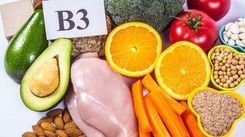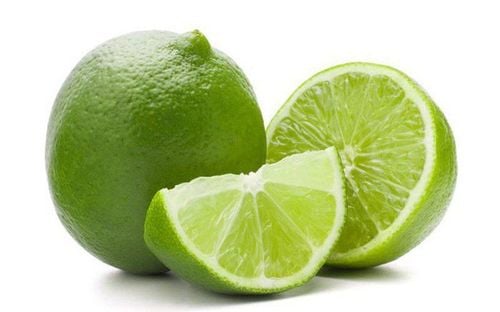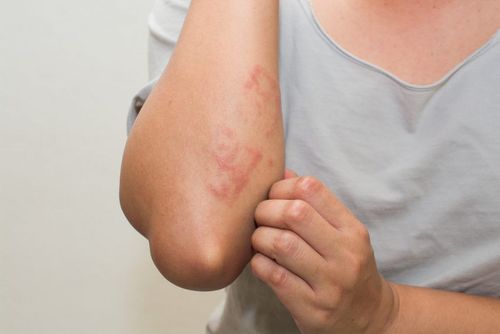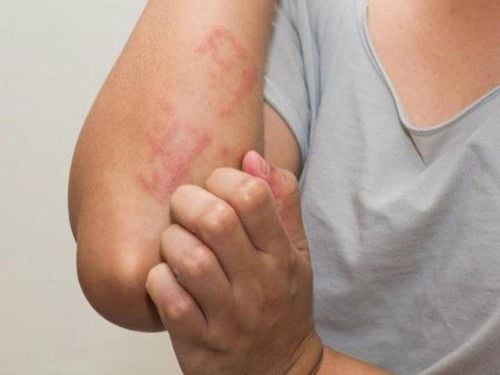A banana allergy is an allergic reaction to certain proteins found in bananas. Allergic reactions to bananas can range from mild to life-threatening. Any child or adult with symptoms of a banana allergy should be evaluated by a medical professional to assess risk factors for anaphylaxis and other potential allergies. This article provides information about the symptoms of a banana allergy and what to avoid.
Bananas are a popular fruit around the world. They are a healthy snack, a great breakfast choice, and delicious in smoothies. Most people think of bananas as one of the first solid foods they can introduce to their babies. However, some people may want to avoid bananas due to allergies. Banana allergies are often associated with latex allergies. This is because some of the proteins in the latex of the rubber tree are thought to be allergenic and are similar to proteins found in certain nuts, fruits, and bananas. This syndrome is known as rubber food syndrome or latex fruit allergy.
Banana allergies are relatively uncommon and are not among the most common allergies. In most parts of the world, banana allergies are less than 1 percent of the population. However, people who are allergic to substances containing proteins similar to those in bananas are at higher risk.
It is rare for a baby to have a severe allergic reaction to bananas. However, be cautious if there is a family history of food allergies. Although bananas do not top the list of allergenic foods, food allergies are the most common cause of anaphylaxis in children. Children who are allergic to nuts may have a reaction when eating or touching raw bananas. Young children are more susceptible to food allergies, so discuss intolerance testing with your doctor before introducing any new foods they haven't tried before.
1. Symptoms and complications of banana allergy
1.1. Symptoms
The first signs of an allergy can appear very soon after eating or tasting a banana, depending on the severity of the allergy. Some people also have a reaction to skin contact with bananas, even the banana peel. Here are some typical symptoms to look out for:
- Itching or swelling of the lips, tongue, and throat
- Swollen, itchy, or red eyes
- Runny nose or sneezing
- Shortness of breath
- Frequent stomach pain, vomiting, or diarrhea
1.2. Complications
In some severe cases, people with a banana latex allergy can go into anaphylactic shock, which is life-threatening. The symptoms of anaphylactic shock are very serious and require immediate attention and treatment. These include:
- Rash and itching
- Red skin
- Swollen tongue
- Blocked airways, causing wheezing or difficulty breathing
- Swollen throat and hoarse voice
- Low blood pressure (anaphylaxis)
- Abdominal pain, vomiting, and diarrhea
- Dizziness or fainting
If you experience any of these symptoms, seek medical attention immediately.

2. Causes and risk factors for banana allergy
Banana allergy can occur as a result of latex allergy. Few people are born with latex allergy, but they can develop it later in life due to exposure. The risk is increased in some people, including:
Children with spina bifida or other birth defects who have had multiple surgeries using medical equipment containing latex
People who work in fields that frequently use latex gloves or other rubber items
People who work in the rubber industry
The most common signs of latex allergy include itching, redness, and localized swelling. People can also react to the powder used in latex gloves even if they have not come into direct contact.
Banana plants and rubber trees have similar allergy-causing proteins, so people who are allergic to latex may also react to bananas. They can also react to other foods that contain the same allergen. This is called cross-reactivity.
If you notice signs of a latex allergy, eliminate bananas from your diet. The same goes for avocados, kiwis, and chestnuts. These foods can cause reactions in people with latex allergies.
People who are allergic to pollen can often also react to certain foods. This type of reaction usually develops in older children, teenagers, and adults. Pollen allergies are less common in infants and toddlers.
People who are allergic to bananas are more likely to be allergic to other substances as well as bananas. There are two reasons for this. First, allergies are a sign of an overreaction of the immune system and can also react to other seemingly harmless substances. Second, the protein found in bananas is similar to the protein in several other natural substances, notably latex, which is used in things like sanitary gloves, balloons, and condoms.
3. Banana Allergy Treatment and Prevention
3.1. Treatment
If your allergy is mild, over-the-counter antihistamines may be enough to combat immediate allergy symptoms such as itching, watery eyes, runny nose, and hives. Often these symptoms go away without any treatment.
Some people may go into anaphylactic shock after eating bananas. If your allergy is severe enough, your doctor may prescribe an epinephrine pump (EpiPen) to carry with you at all times.
If you suspect your child is reacting to bananas, see your doctor for advice on how to prevent your child from having an allergic reaction.
3.2. Avoiding Banana Allergies
What to Avoid If You Have a Banana Allergy
If you have a banana allergy, follow these tips to stay safe and healthy:
- Avoid anything that contains bananas, including flavored products like foods, medications, or lip balms.
- Always check the ingredients of smoothies and healthy desserts, as bananas are often used in these dishes.
- Avoid other cross-reacting foods, such as: Avocados, chestnuts, kiwis, apples, carrots, celery, papaya, potatoes, tomatoes, and melons.
- If you are sensitive to bananas and latex, avoid contact with items made from latex, including balloons, exercise equipment, gloves, condoms, and dental dams.
- Avoid certain rubber toys, including pacifiers, as they may also contain latex.
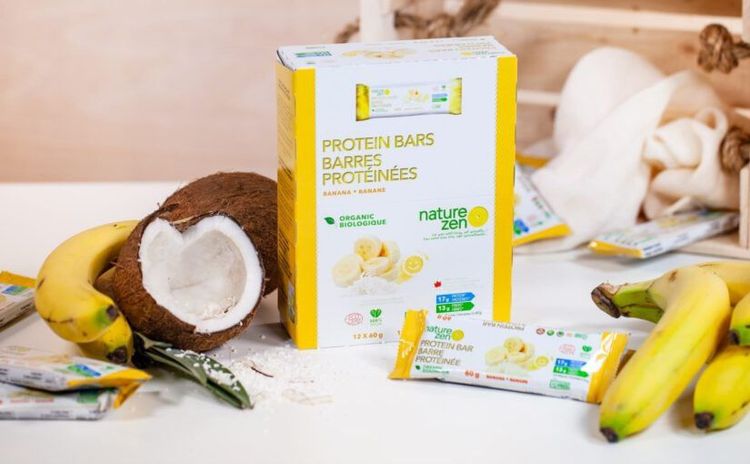
Food alternatives for people with banana allergies
Processed bananas can inactivate the allergenic protein, which may make them safe to eat. However, you should discuss with your doctor whether eating bananas is safe. If your allergy is severe, you should avoid bananas altogether. Safe alternatives include:
- Berries
- Citrus fruits
- Pumpkin and squash, baked or used in desserts and smoothies
- Sweet potatoes and sweet potatoes, cooked
If you have multiple food sensitivities, your doctor will perform a comprehensive testing to determine your allergies and create a list of foods that can be included in your daily diet.
4. Banana Allergy in Babies
The symptoms of a banana allergy in babies are similar to those in any other adult.
Mothers should always be cautious when introducing new foods to their babies, especially with common allergens like peanuts. If a child has eczema or other allergies, the risk of a serious allergic reaction to a food or substance is greater. However, that does not mean that exposure to these foods should be completely avoided. It is still recommended that babies be introduced to common food allergens, including peanuts, tree nuts, soy, and eggs, when they are 5 to 7 months old. Delaying the introduction of these foods increases the risk of food allergies. Parents and guardians should monitor infants and young children for signs of an allergic syndrome called food protein-induced enterocolitis syndrome (FPIES).
Children with food protein enterocolitis develop severe gastrointestinal symptoms, including vomiting and diarrhea, 2–3 hours after ingesting the allergen. Blood allergy tests are not able to diagnose the condition. Many infants and children with FPIES initially show signs of an allergy to breast milk or formula. FPIES often then develops allergies to a variety of foods as they are introduced, although milk and soy are the most common causes.

Children with the disorder often need to eat a restricted diet, and untreated food protein enterocolitis can lead to severe malnutrition and dehydration.
People with latex allergies should generally avoid bananas and stay away from anything made from latex. Also, read labels carefully or ask about the ingredient list before eating anything. Avoid even touching bananas, including the peel, and skip dessert if you’re unsure about your reaction to processed bananas. People with banana allergies are often quite sensitive to other foods. Talk to your doctor about your allergy so you know what to avoid, and then use the many delicious and safe alternatives.
If you have any questions related to the topic of nutrition for the body that need a doctor's advice, you can leave a question in the ASK VINMEC DOCTOR section directly on the hospital website. Your question will be sent to the doctor and you will receive advice as soon as possible!
To arrange an appointment, please call HOTLINE or make your reservation directly HERE. You may also download the MyVinmec app to schedule appointments faster and manage your reservations more conveniently.
Reference sources: healthline.com, medicalnewstoday.com



